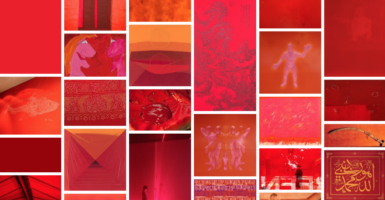Fascinating Pics Of Cuba Before Fidel Castro
The 20th century was a tumultuous time for the island nation of Cuba. It gained formal independence just before the dawn of the century, but this independence came with significant strings attached.
Several decades of ups and downs followed, with two world wars, before the revolutionary spirit of Fidel Castro swelled up to take power of Cuba in 1959.
Cuba gained independence after the Spanish-American War.
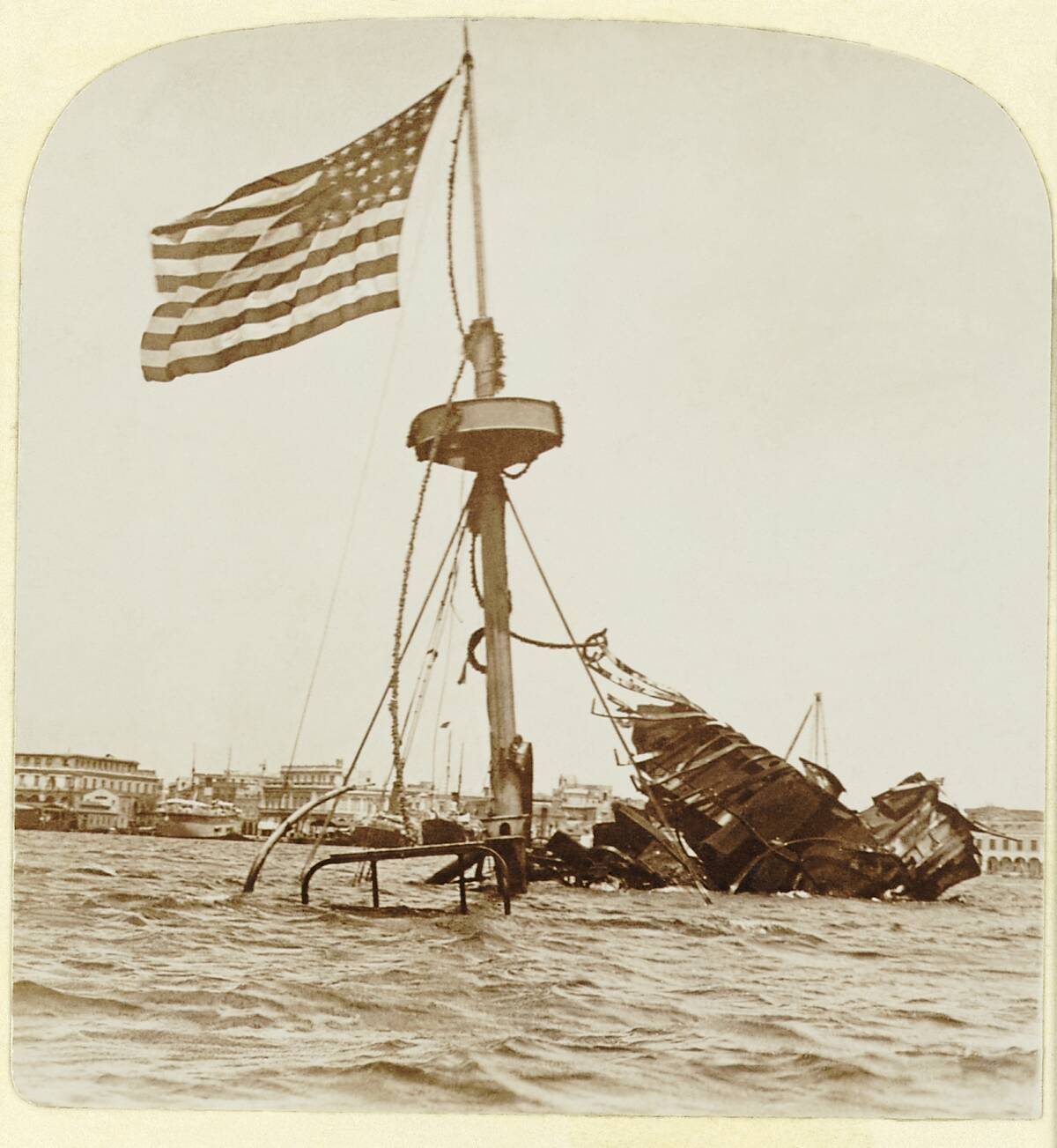
This image shows what was left of the USS Maine battleship after it exploded in Havana Harbor in 1898, killing over 260 American sailors.
The exact cause of the explosion is still debated today, but the incident did provide the United States with a catalyst to attack Spanish troops in Cuba. The rallying cry “Remember the Maine, to hell with Spain!” energized American troops, and with their help, Cuba gained independence before the close of the 19th century.
Many Cubans were laborers.
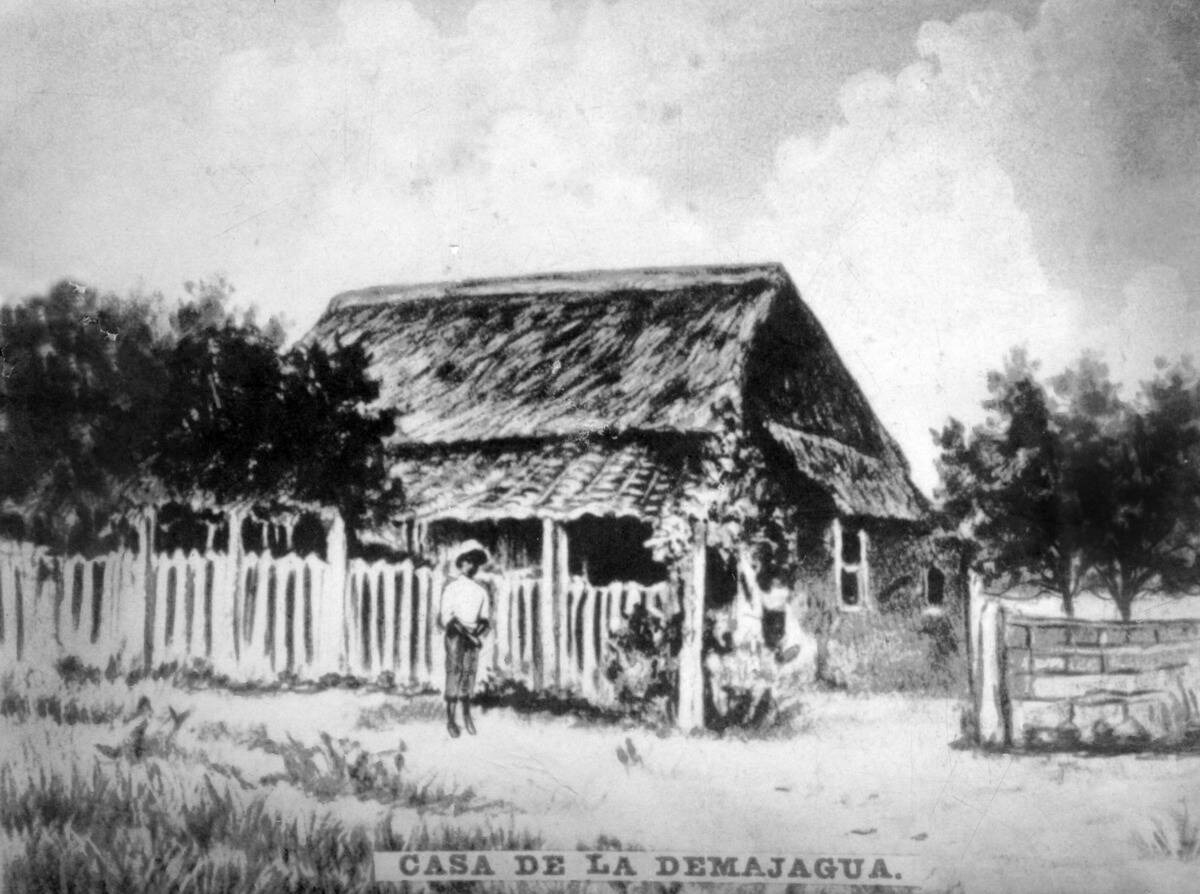
There was a sharp divide between the western and eastern halves of Cuba. In the west lay the capital of Havana and most of the country’s ruling class, while the eastern half of the island was poorer, with most inhabitants working agricultural jobs.
Sugar emerged as Cuba’s cash crop during the early years of the 20th century, and sugarcane farming became so lucrative that almost all other crops were abandoned.
Cuba was big on advertising.

Billboards in Communist countries are far more likely to pay tribute to a leader or an ideology than they are to advertise a product — but before the rise of Castro, American-style consumerism was the order of the day in Cuba.
This elaborate display in Santiago de Cuba is actually a man wearing a full-body, oversized suit that acts as a billboard.
Havana Harbor was a gleaming beacon.
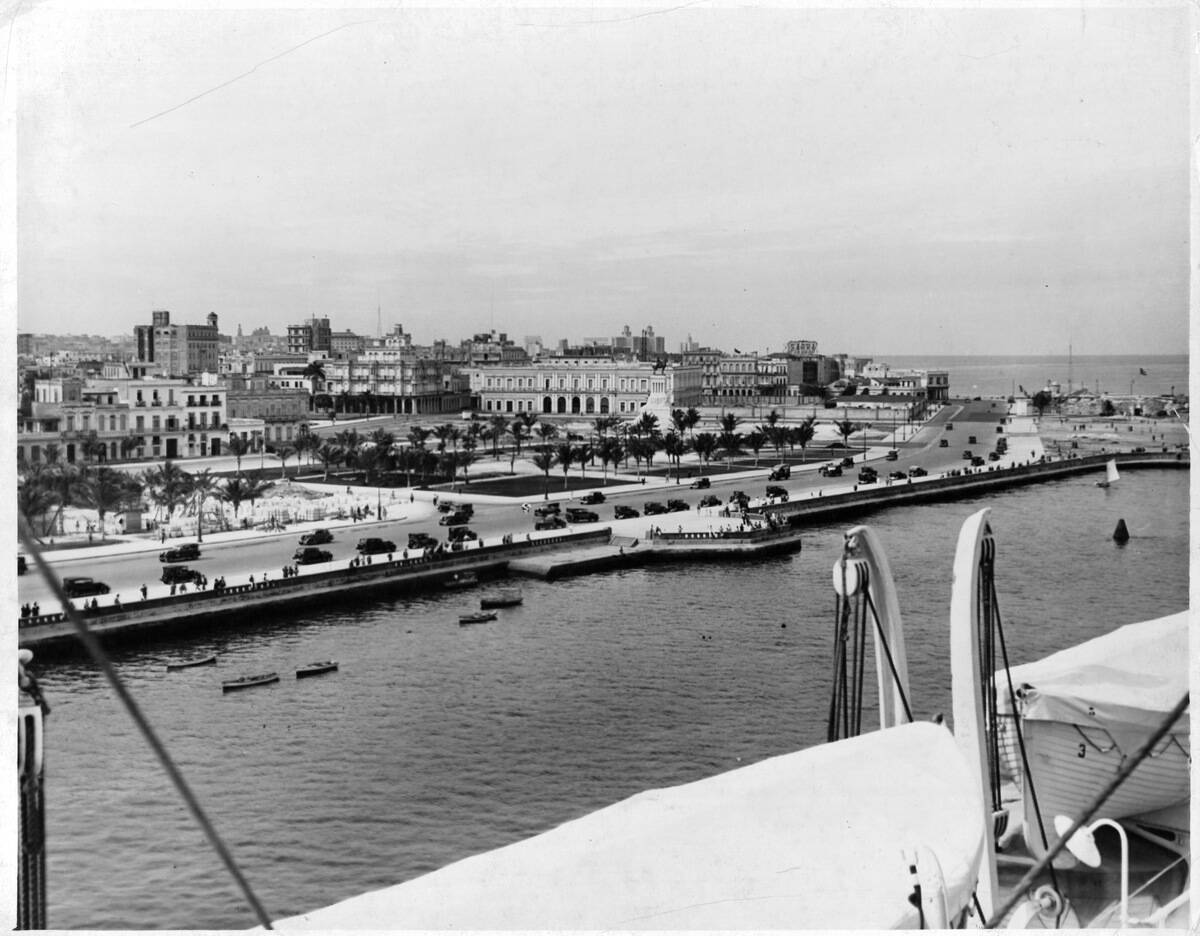
Havana Harbor, Cuba’s principal port, would have been the first thing that visitors to Cuba would have seen after making landfall.
The harbor came to symbolize Cuba’s wealth as well as its inequality. While it served as the nation’s main gateway for sugar exports as well as a port of call for cruise ships, its nearby slums served as a marked contrast.
It was a tale of two islands.
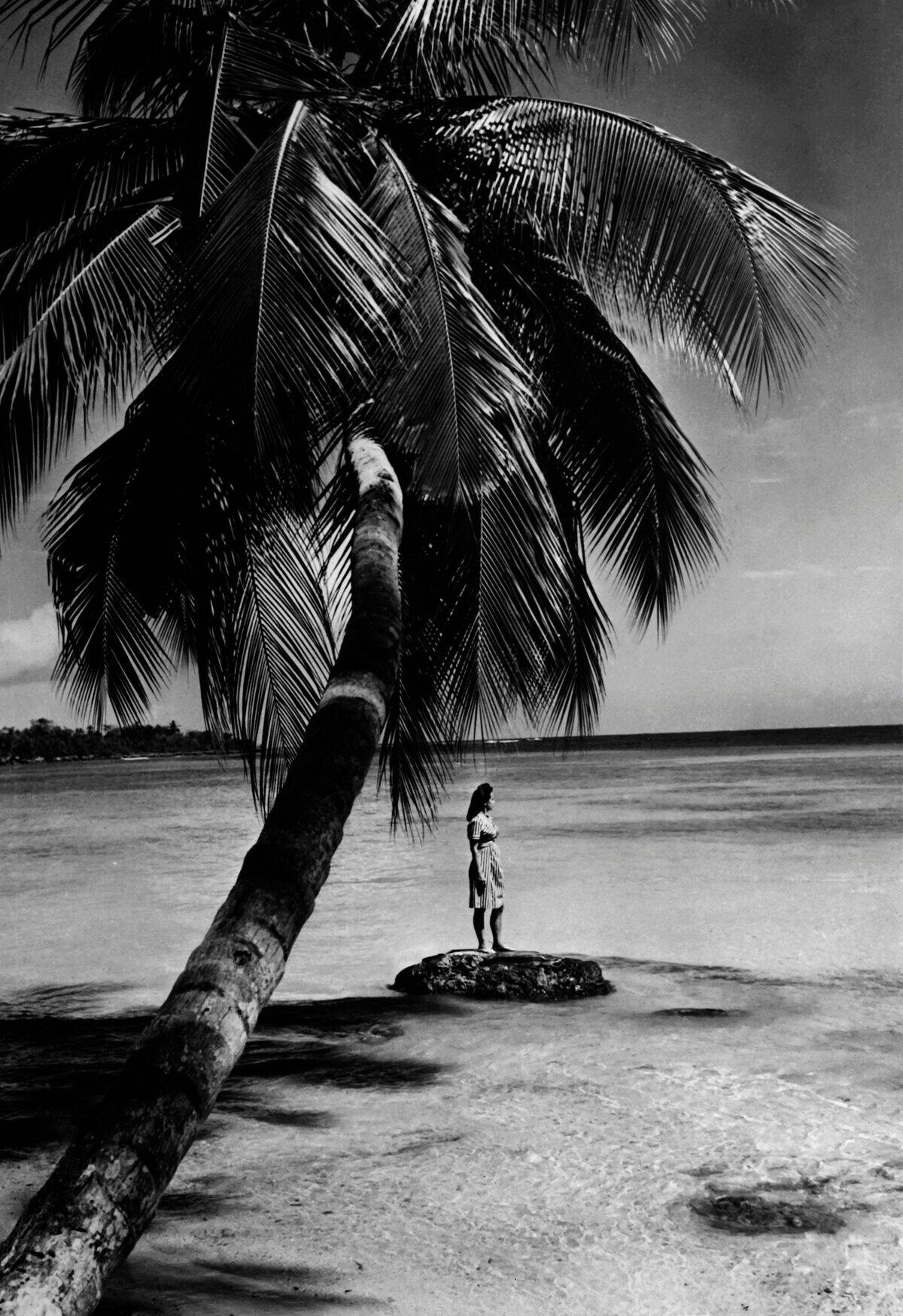
Cuba is a long and spread-out island, which has naturally led to a divide between its capital and largest city of Havana — located in the west — and its second-largest city, Santiago de Cuba, which is located in the east.
This idyllic 1946 photo of a woman enjoying the sun on a beach in Santiago de Cuba shows that, even though the city was a hub for people in eastern Cuba, it was still a far cry from the hustle and bustle of Havana.
Baseball emerged as a beloved sport.
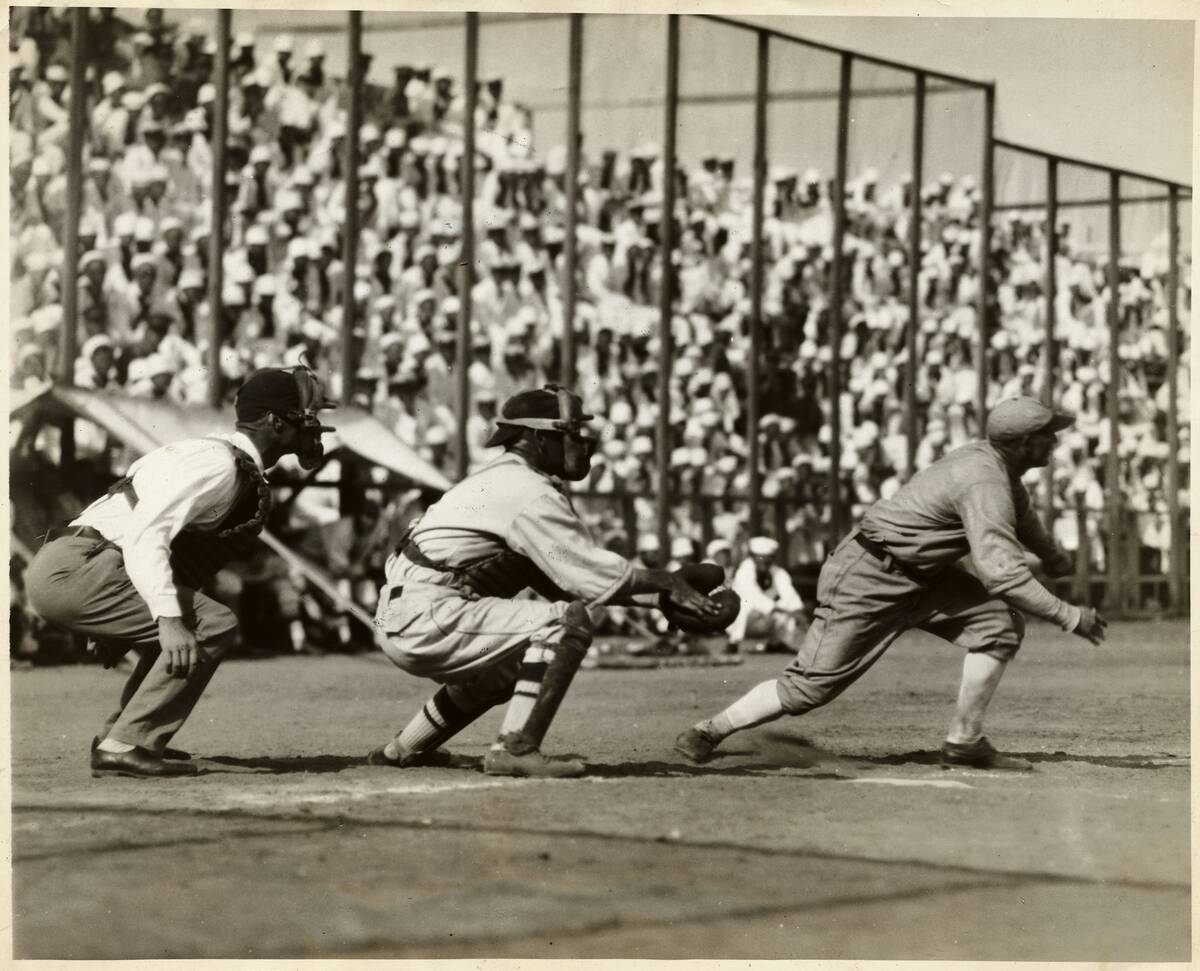
This image shows a matchup between two U.S. Navy baseball teams at Guantanamo Bay. The sport grew in popularity in the late 19th and early 20th centuries, thanks largely to Cuban students returning home from the United States as well as American servicemen in Cuba.
Cuba quickly established a national league, which attracted both local talent and Black American players who weren’t allowed to play in Major League Baseball, which was segregated at the time.
Social clubs were all the rage.
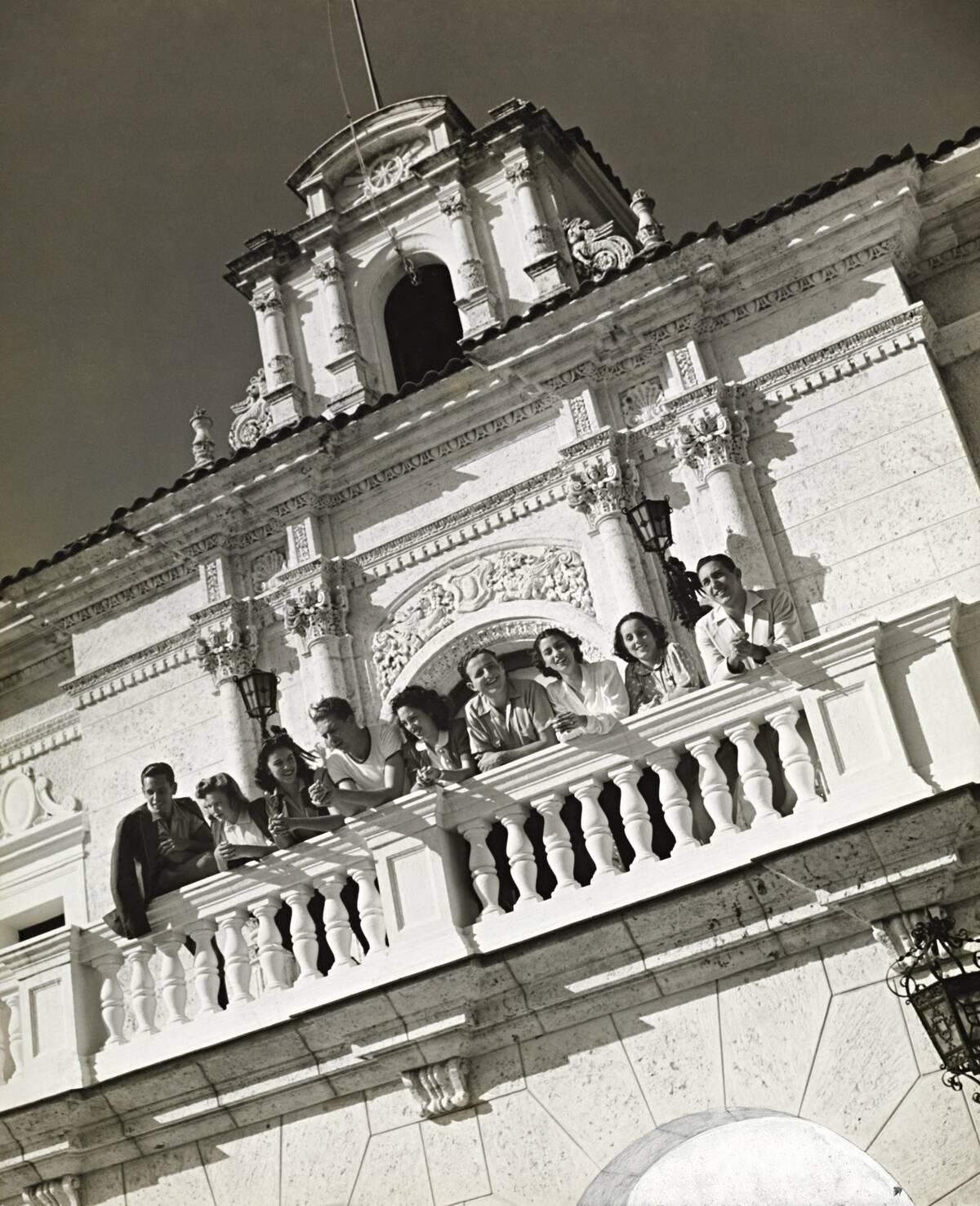
For those who could afford entry into the upper echelons of Cuban society, private clubs like the Jaimanitas-Biltmore Club (seen here) served as social hubs for wealthy Cubans and American expats alike.
The club featured numerous leisurely pursuits like swimming, tennis, and fine dining — all with exquisite ocean views.
Big league teams came to Cuba.
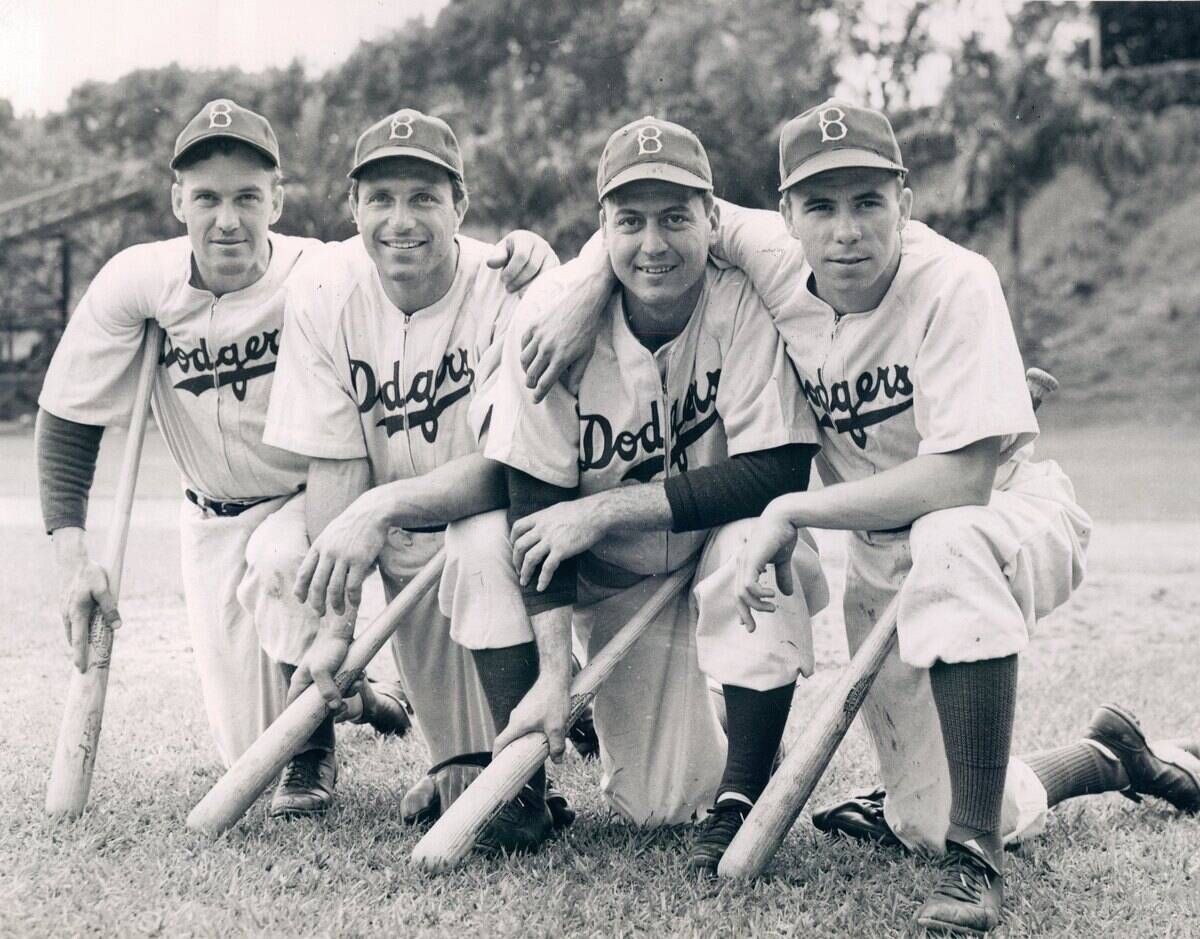
This 1942 photo of Arky Vaughan, Dolph Camilli, Billy Herman, and Pee-Wee Reese of the Brooklyn Dodgers looks like many others of the era — except for the fact that this photo was snapped in Havana.
The Dodgers were in Cuba that year to take part in Spring Training, which serves as a pre-season tuneup and is held in warm weather locations. While modern-day Spring Training is held in Florida and Arizona, teams were known to go to more exotic locales in prior decades.
Havana had a world-renowned nightlife.
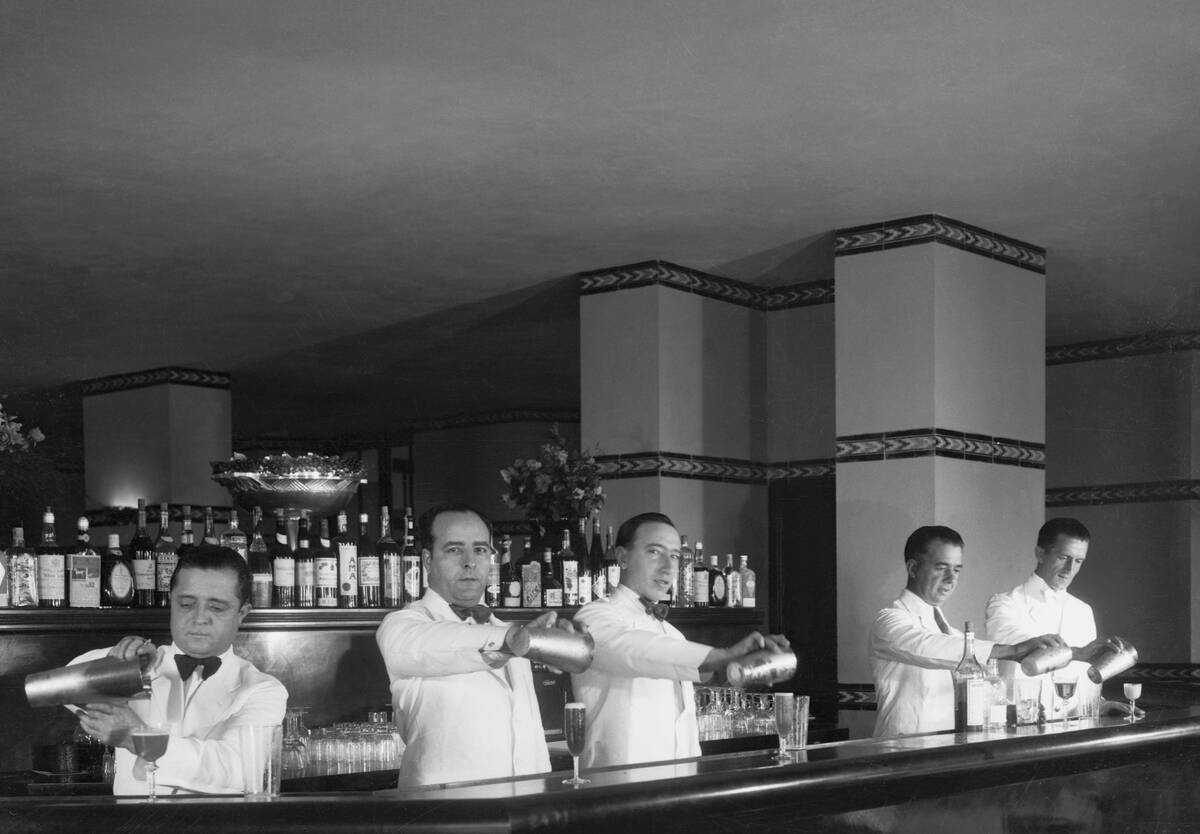
With the United States exerting significant influence on Cuba ever since the Spanish-American War, Havana became a hub for Americans seeking some fun in the sun.
When the sun went down, holidaymakers still had plenty to do thanks to Havana’s nightlife, which made it similar to Las Vegas. This nightlife may have been thrilling for those who participated, but for locals, it tended to represent inequality and foreign interference.
The standard of living varied considerably.
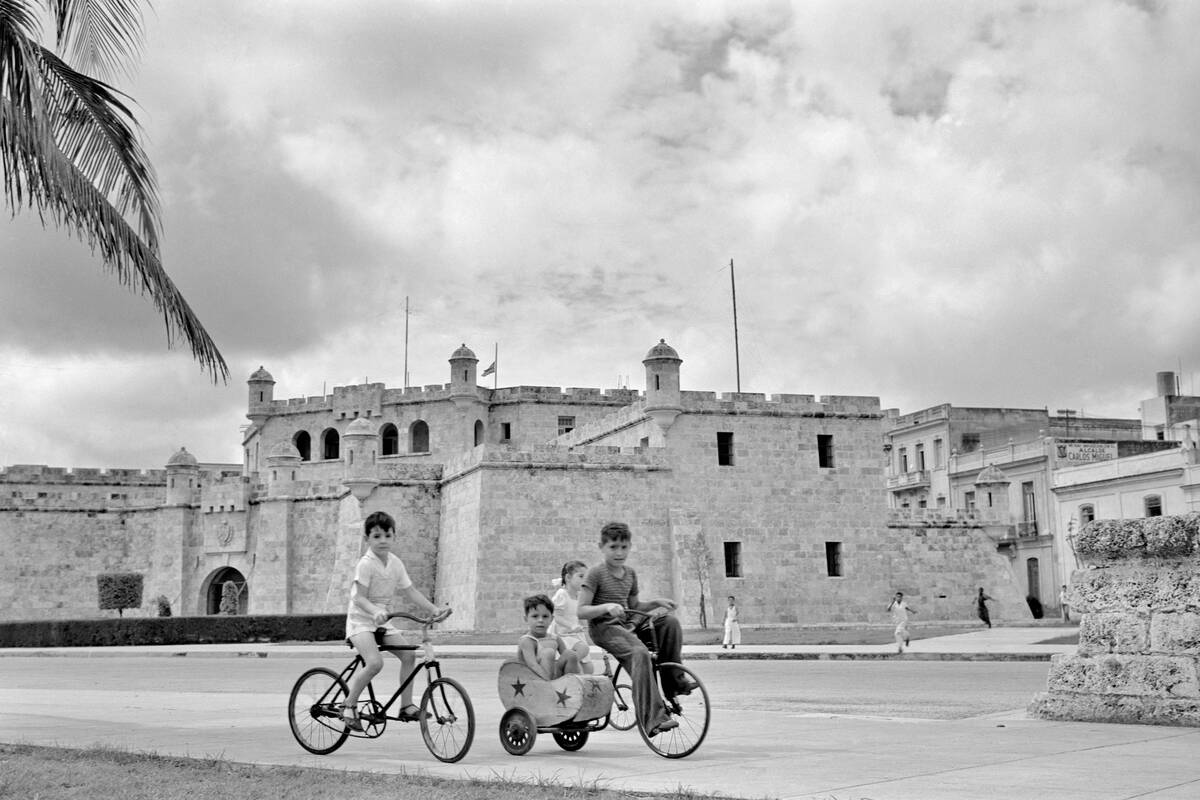
Many urban Cubans, particularly those in the upper and middle classes, enjoyed a lifestyle that was relatively modern and cosmopolitan. They were able to enjoy American goods, cars, movies, and even schools.
But beneath the surface, large segments of the population lived in poverty, particularly in the outskirts of Havana and overcrowded tenements.
Street vendors have always had a role.
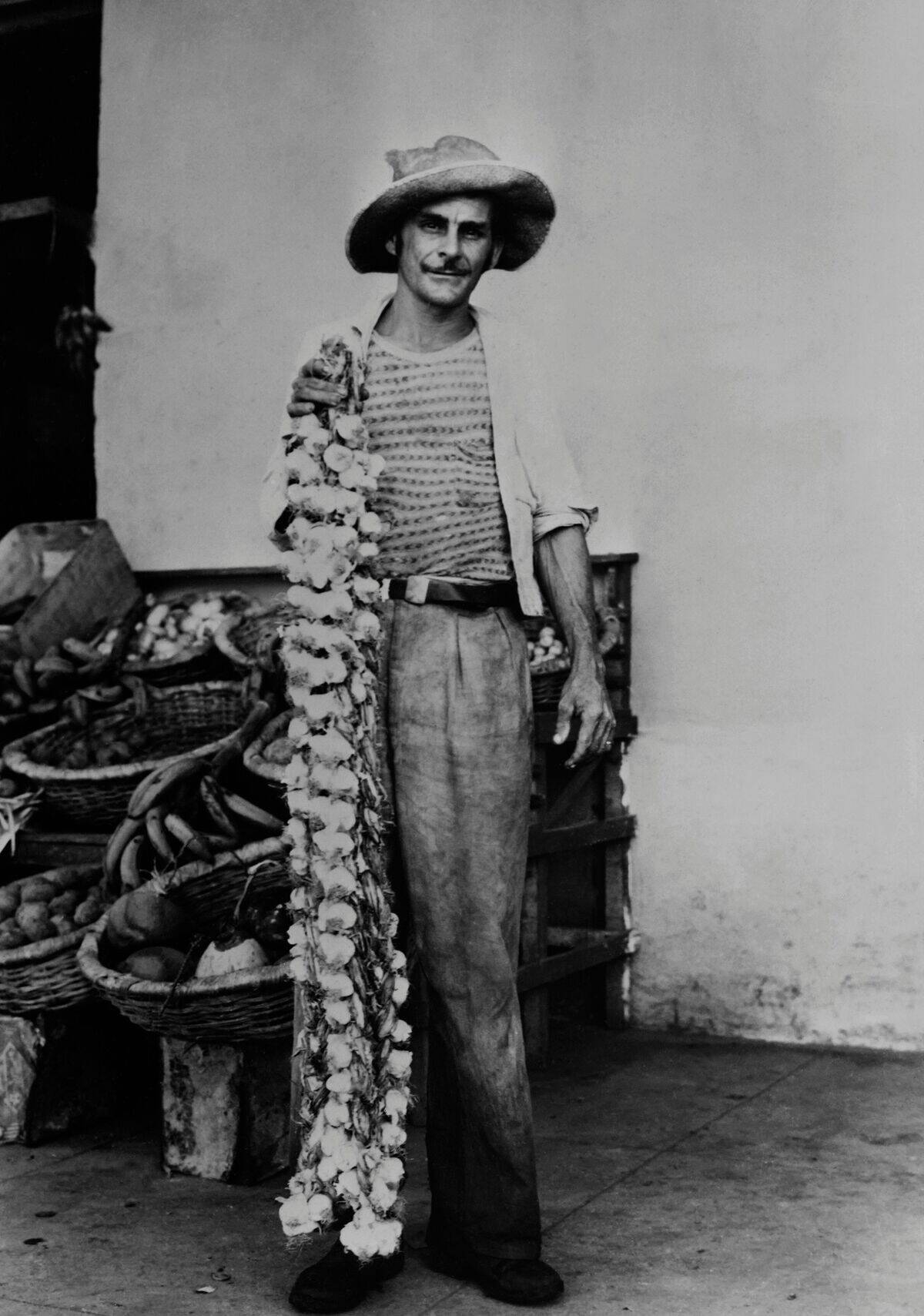
Anyone who’s visited Cuba can probably attest to the fact that its streets are full of vendors selling fruit and other wares. This image shows a fruit vendor in Santiago de Cuba during the 1940s.
Vendors typically came from a poorer socioeconomic background and would carry their products around in baskets or carts, selling them to any passersby who wanted any.
Ernest Hemingway had a strong connection with Cuba.
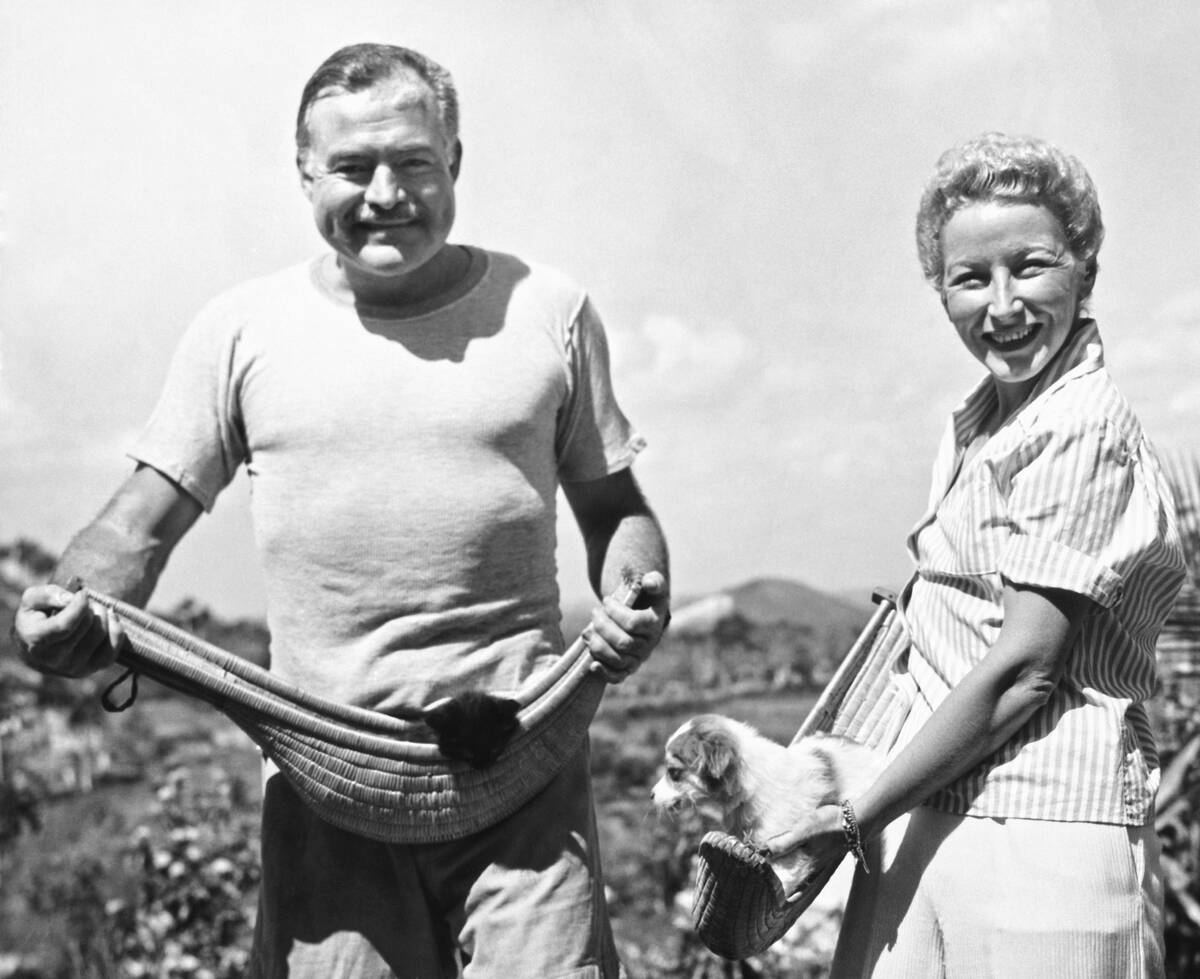
Famed author Ernest Hemingway is pictured here with his fourth wife, Mary Welsh, as they hold their pets in jai alai baskets on their Cuban farm.
Hemingway lived in Cuba for nearly two decades, and it was at his hillside estate just outside of Havana that he wrote some of his most famous works, including The Old Man and the Sea — a piece deeply rooted in Cuban settings and characters.
American troops were a constant presence.
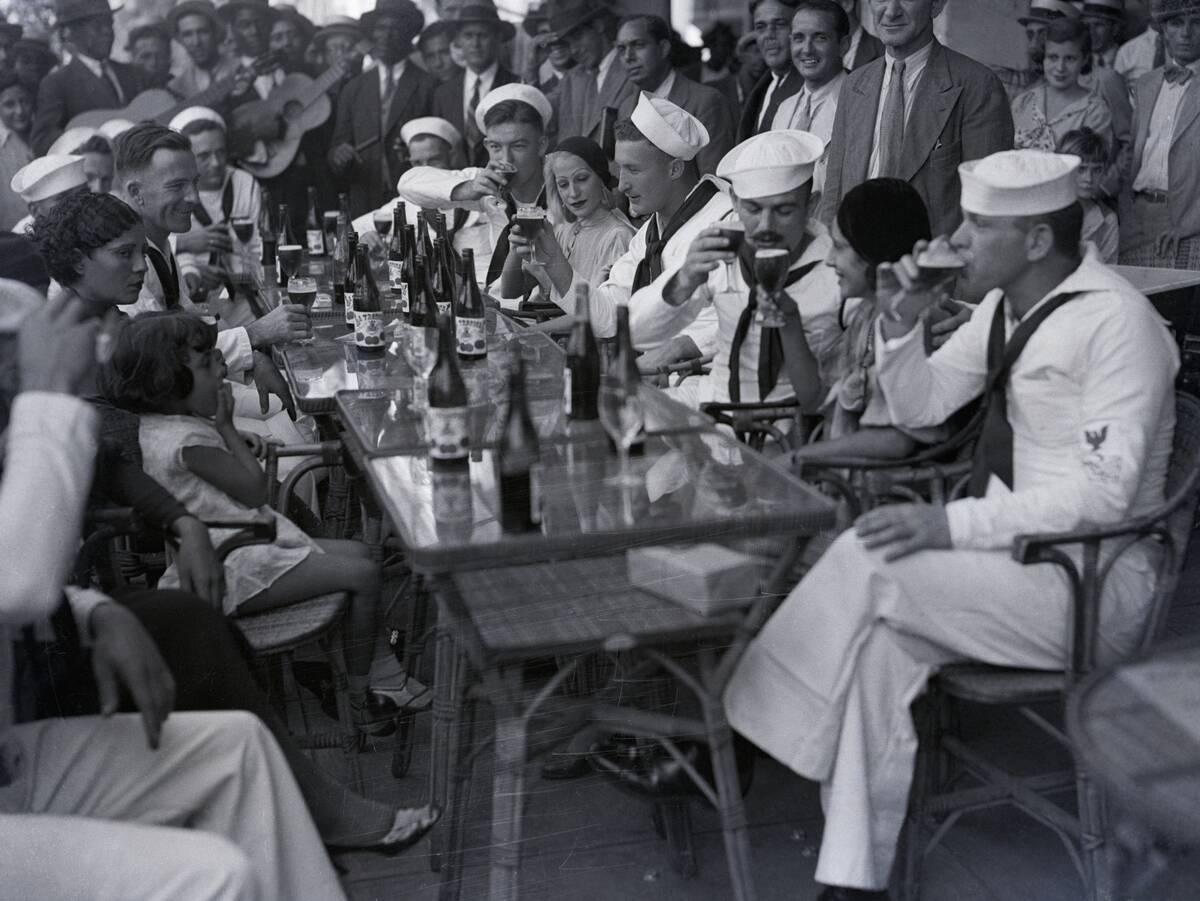
After the Spanish-American War and the establishment of the Guantanamo Bay naval base in eastern Cuba, U.S. servicemen were a constant presence throughout Cuba.
While troops were present between 1898 and 1902 to oversee Cuba’s transition to self-governance, the Platt Amendment allowed future military intervention. U.S. troops returned in 1906 and again in 1912 to quell political unrest.
It was an aviation hub.
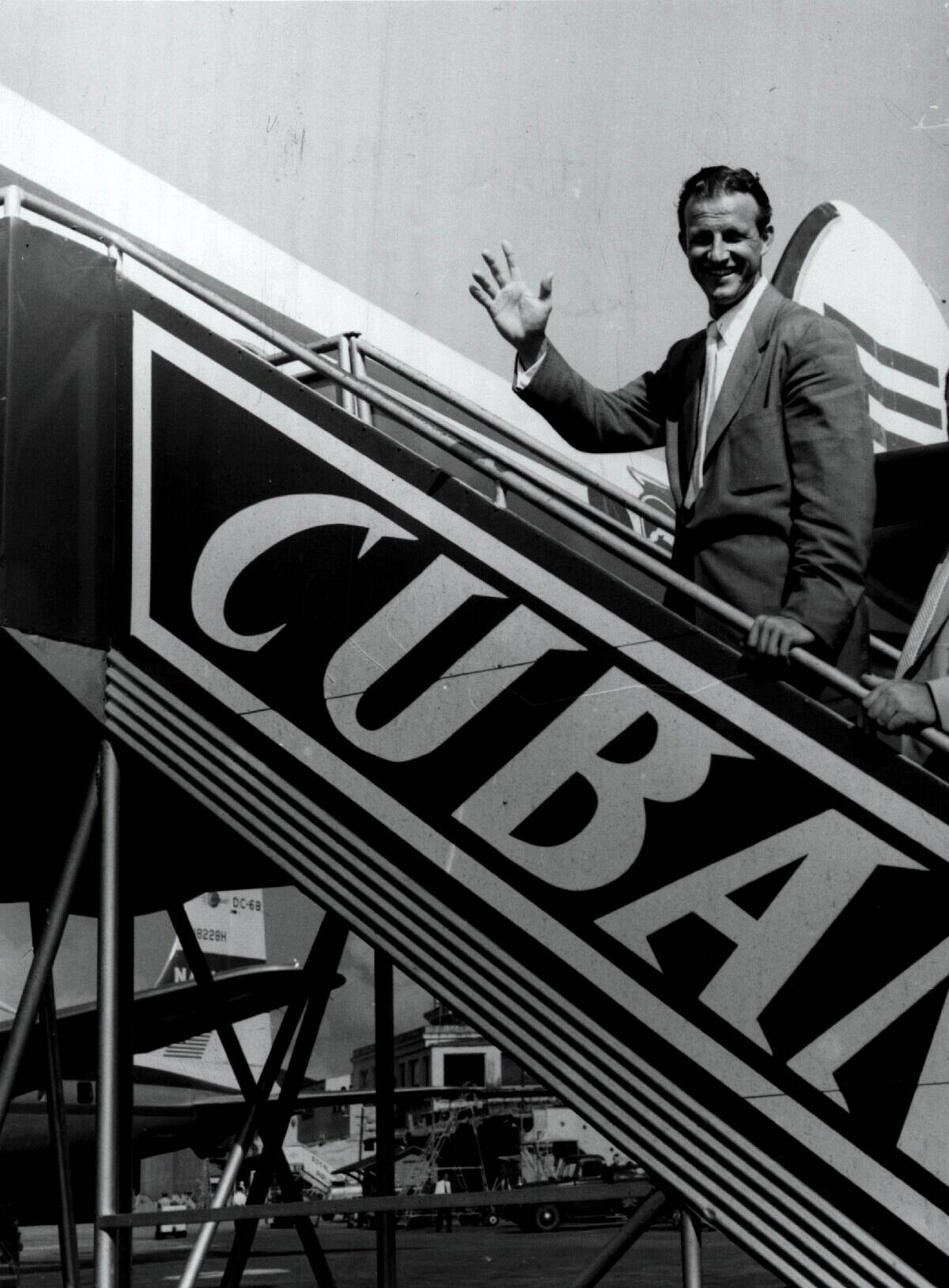
In an era before long-range passenger jets, any plane travelling a long distance would be forced to take frequent refuelling stops. Havana, with its central position in the Caribbean, was one such refuelling hub for Caribbean and Latin American routes.
This image shows another example of Cuba’s passion for baseball, as St. Louis Cardinals star Stan “The Man” Musial waves as he boards a flight leaving Havana in 1953.
It was an island of contrasts.
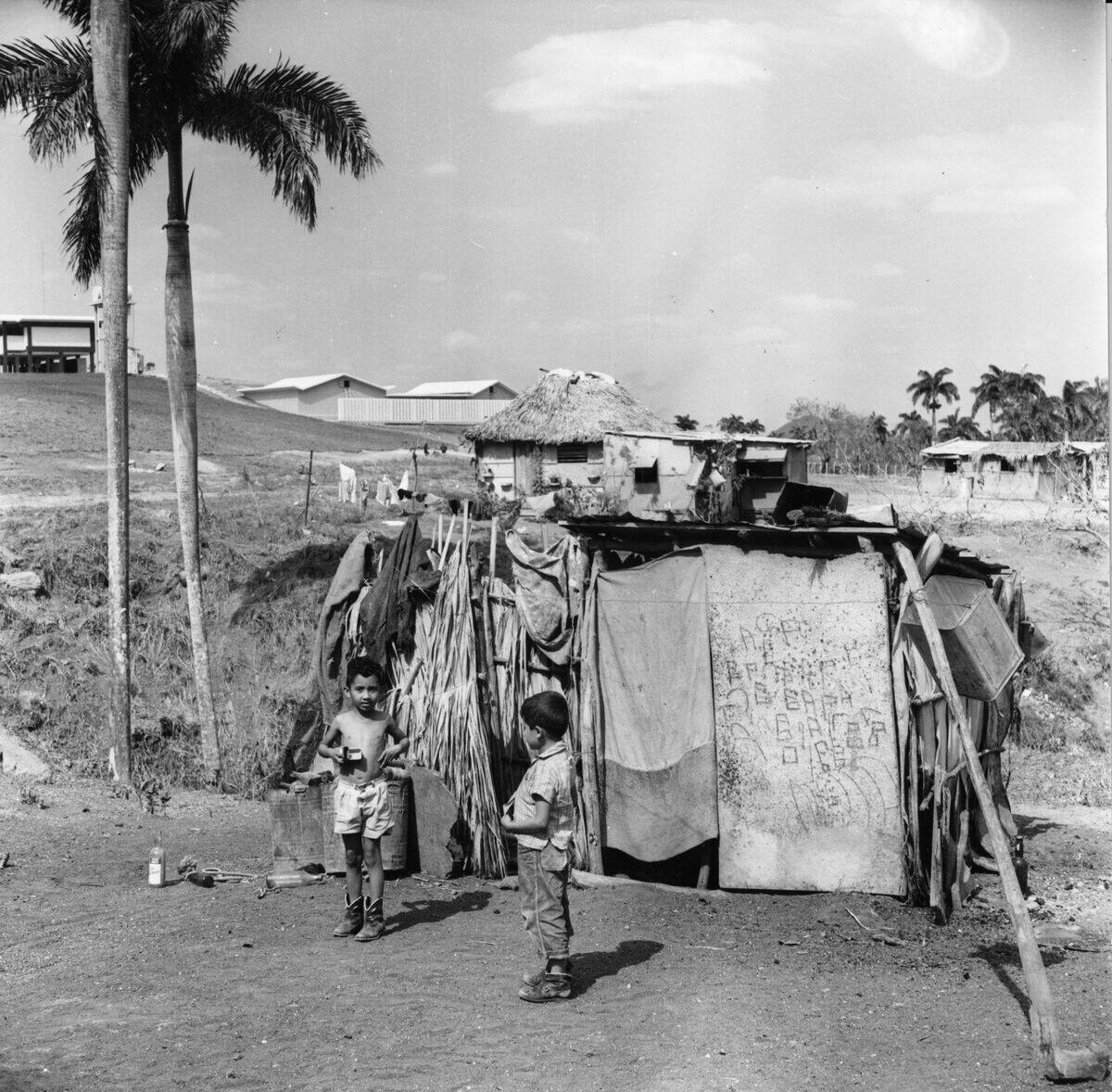
This photo, taken in 1950, gives a glimpse of change slowly coming to Cuba. While the foreground of the image shows a slum in Oriente Province, the background shows a modern school.
While Cuba attracted significant foreign investment and had valuable exports, much of this wealth stayed in foreign hands — a major factor in the resentment that would fuel Castro’s revolution.
It’s always been an island paradise.
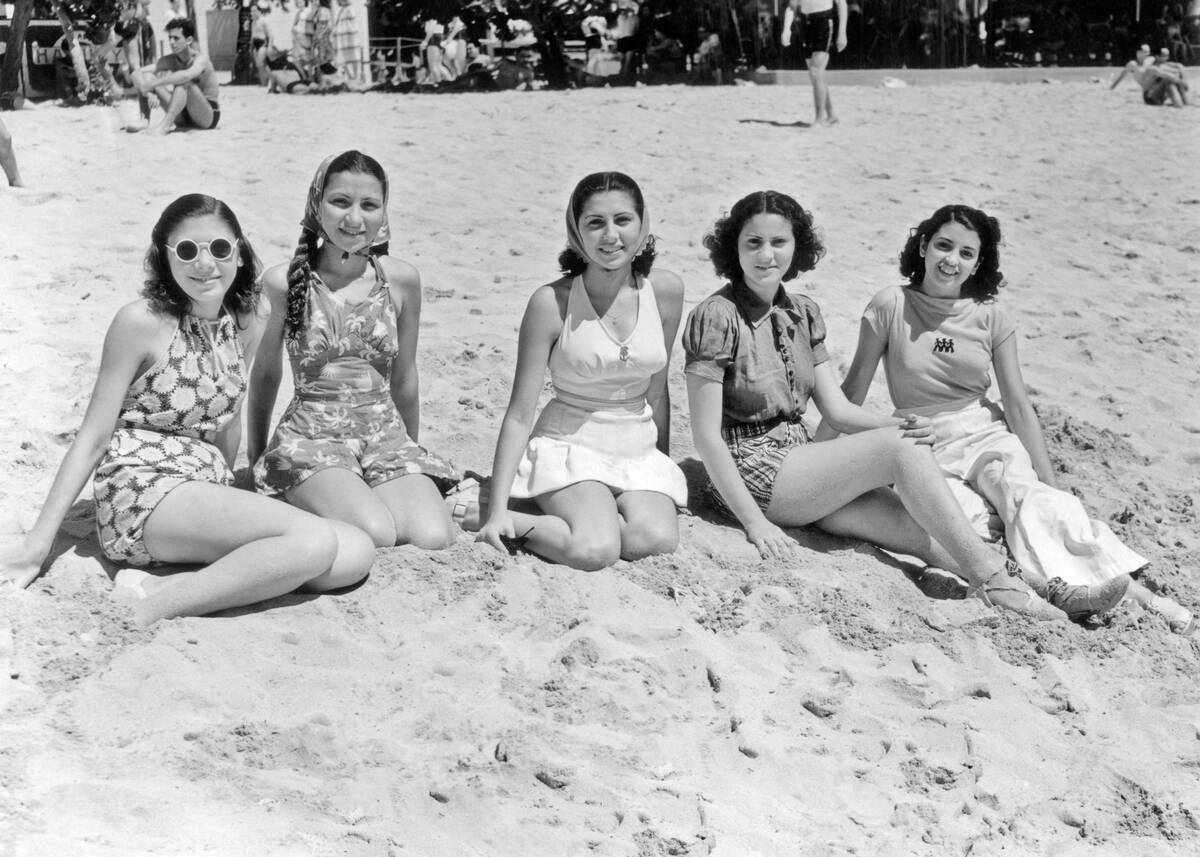
Cuba’s history is a complicated and bloody one, but one thing that’s remained constant is that the island has miles of beautiful beaches and an ideal Caribbean climate.
This 1930s or 1940s image shows local women as they enjoy a sunny day at a Havana beach. Beaches like Varadero were extremely popular with tourists and locals alike.
It made for a great movie location.
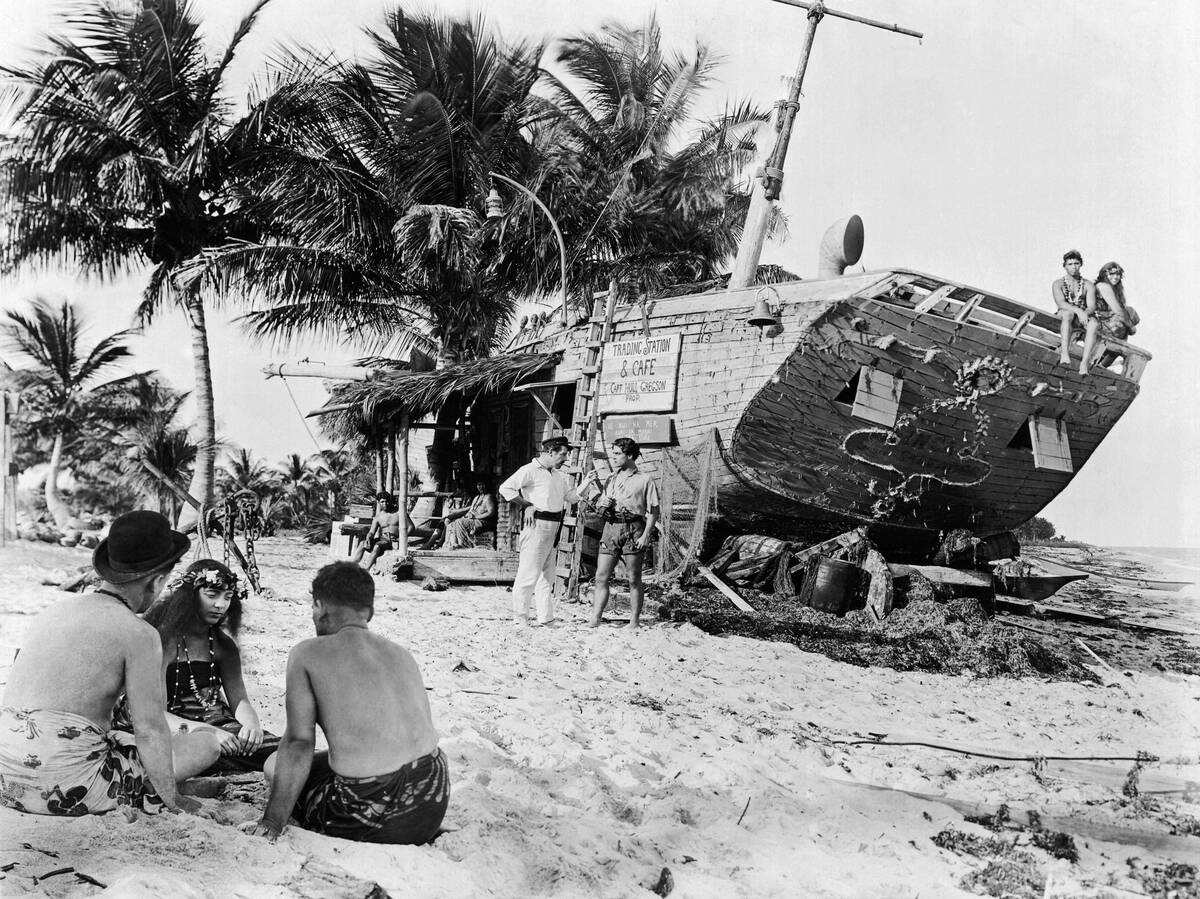
Cuba’s proximity to the American mainland, combined with its lush beaches and stretches of unspoiled beauty, made it an appealing destination for moviemakers in the early 20th century.
This image shows a beach scene from the 1923 silent film Where the Pavement Ends. The movie was essentially an escapist showcase for Cuba, highlighting the island’s tropical allure.
There was entertainment for those who could afford it.
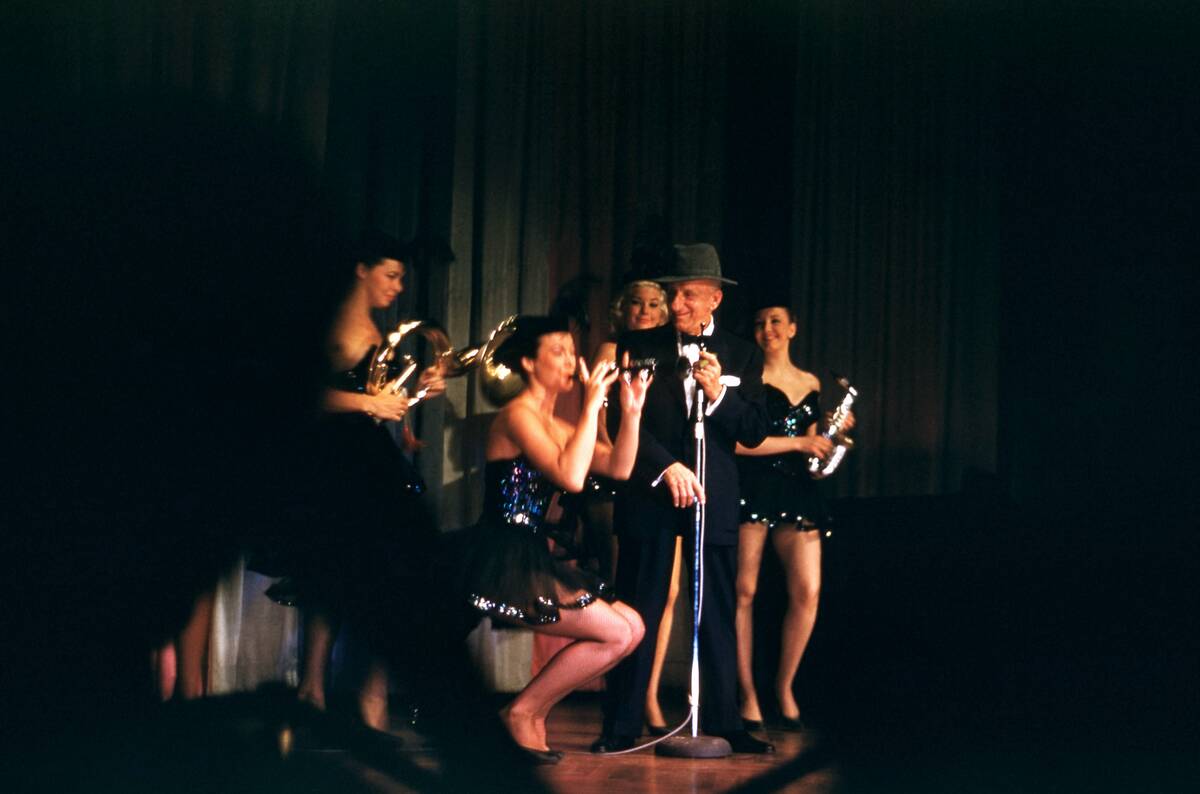
In pre-revolutionary Cuba, Havana’s glamorous venues like the Tropicana, Sans Souci, and Hotel Nacional hosted elaborate stage shows from some of the biggest stars of the era.
This 1957 image shows American entertainer Jimmy Durante putting on a stage performance at the Hotel Nacional in 1957. In just a few short years, shows like this would become a thing of the past.
Traditions were still important.
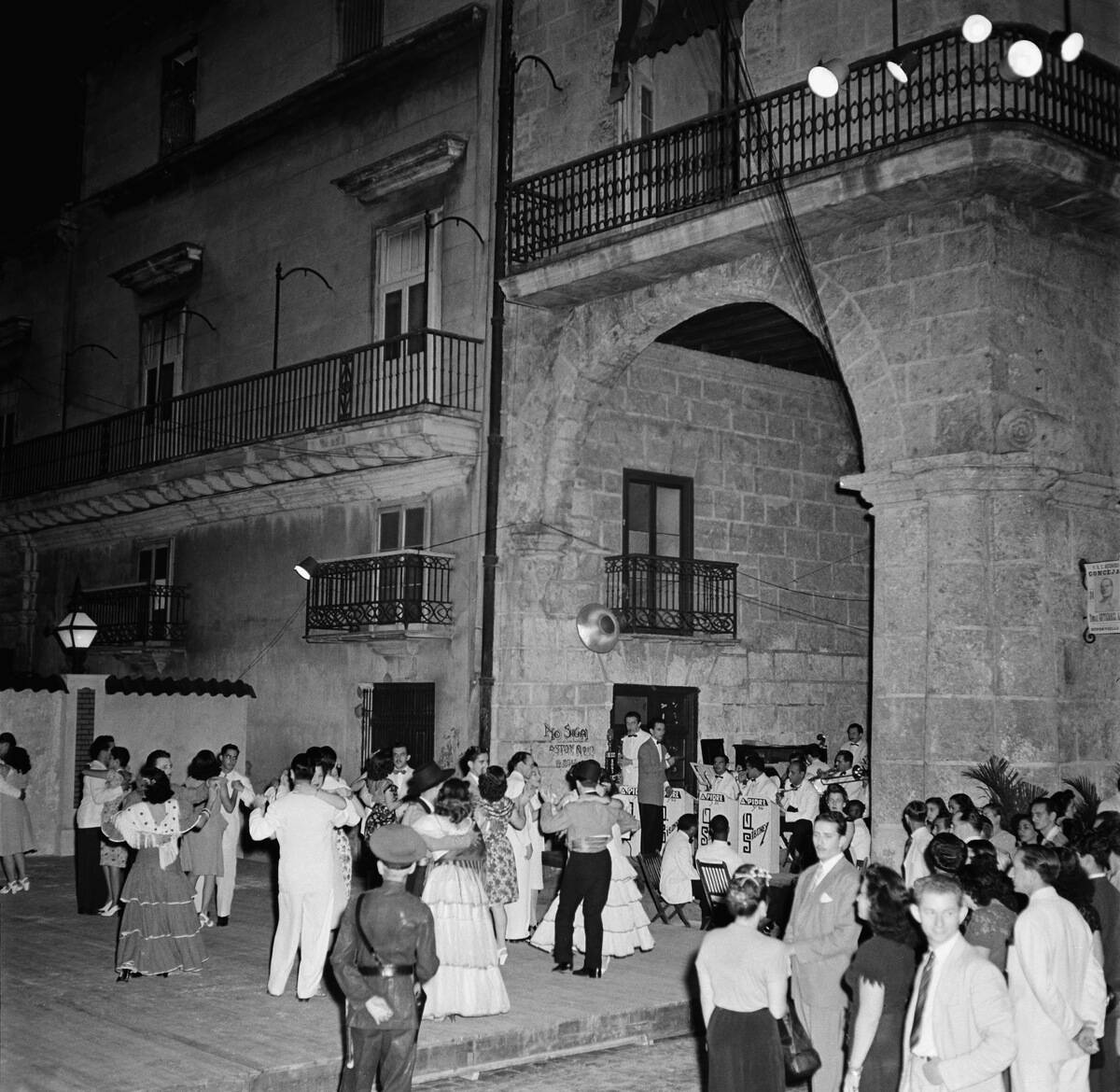
In a marked contrast to the fancy resorts and extravagant nightlife enjoyed by tourists, Havana’s residents continued to take part in some of their oldest traditions.
A large group of people can be seen dancing in traditional costumes at Havana Cathedral in this 1946 photo. Various dance styles such as the son, danzón, rumba, and mambo became staples of Cuban social life.
The cigar became synonymous with Cuba.
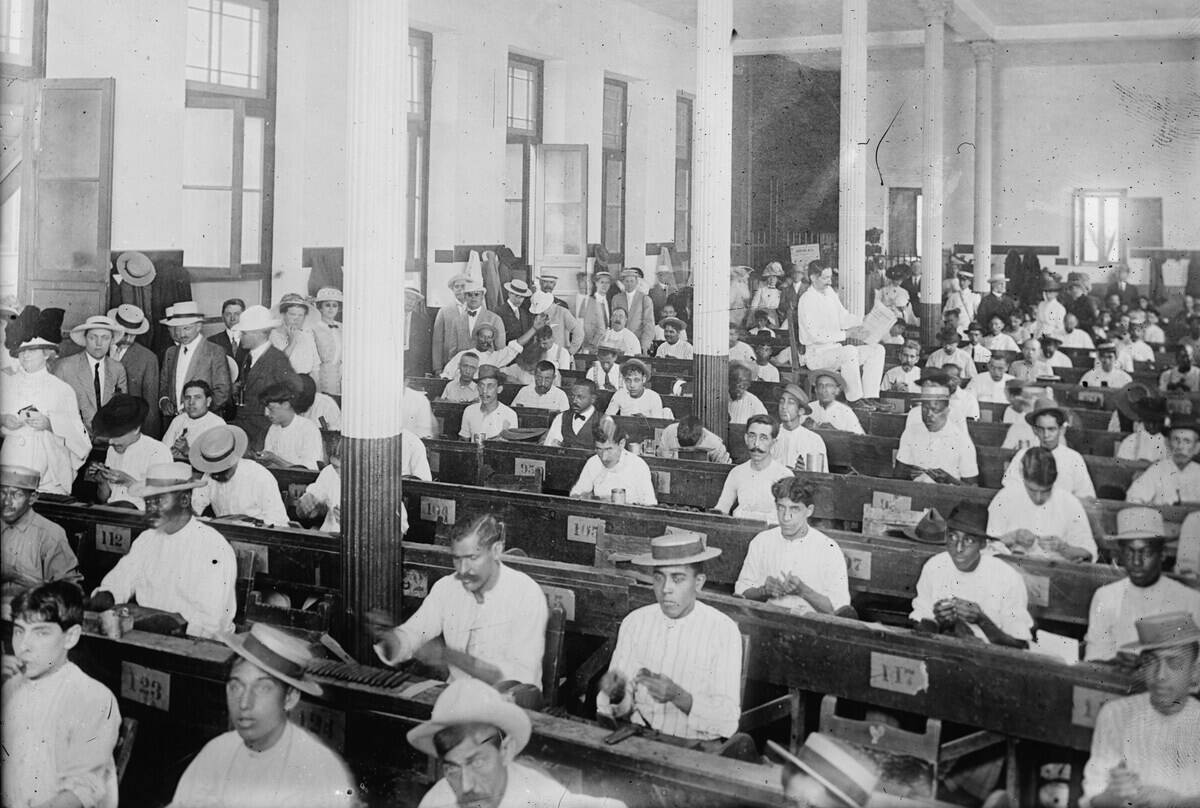
During the early years of the 20th century, Cuban cigars started to gain a global reputation for their superior quality, thanks to the island’s climate and fertile soil, particularly in the Vuelta Abajo region.
This image of workers hand-rolling cigars in a Havana factory was taken in about 1910. The cigar industry provided employment for thousands of Cubans, while the tobacco harvest helped to keep Cuba from becoming a sugarcane-dependent monoculture.
Maritime traditions are intertwined with Cuban identity.
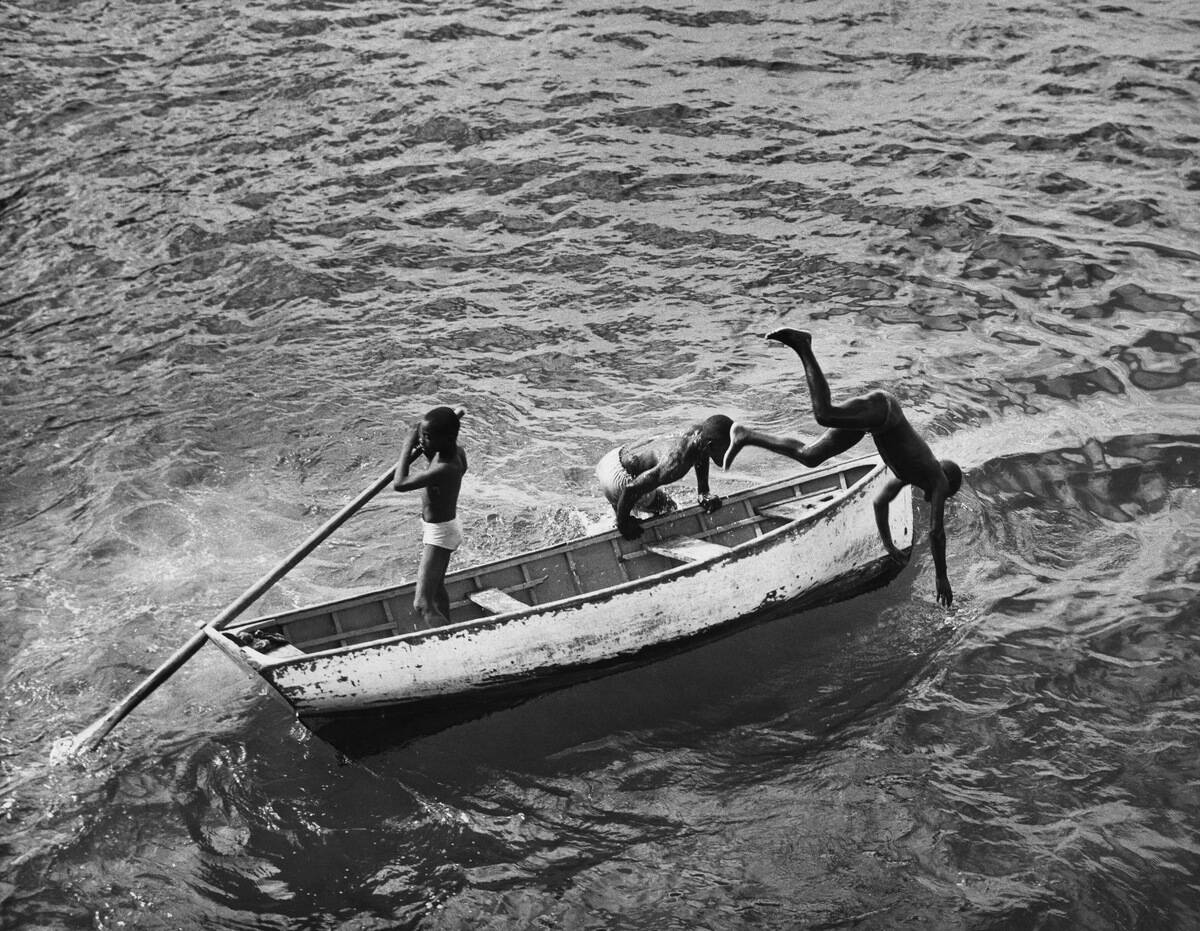
Just like any coastal region, Cuba’s identity is forever intertwined with the waters that surround it. It’s unclear if the men in this boat were fishing or just going for a swim, but either way, it’s a safe assumption that they were comfortable on the water.
From small boats such as this one to larger commercial fishing vessels, Cubans have always found a way to feed themselves and make a living from their fishing.
It was a motorsports destination.
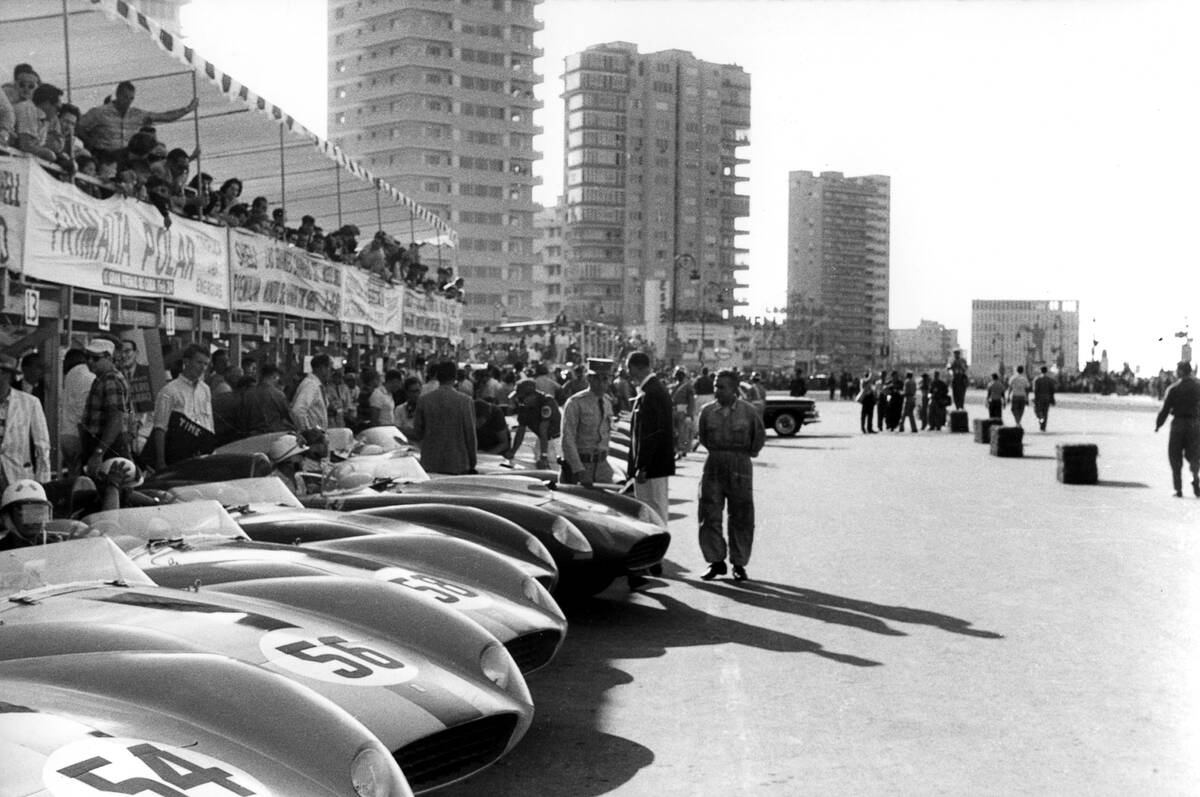
Cuba’s status as a motorsports mecca came to a swift end after its revolution, but for a short period in the late 1950s, it hosted the prestigious Grand Prix of Cuba.
The race combined an exciting street course that wound through the streets of Havana with the glamour of visiting dignitaries, as the race dovetailed with Havana’s status as a major tourist destination.
The divide between rich and poor was stark.
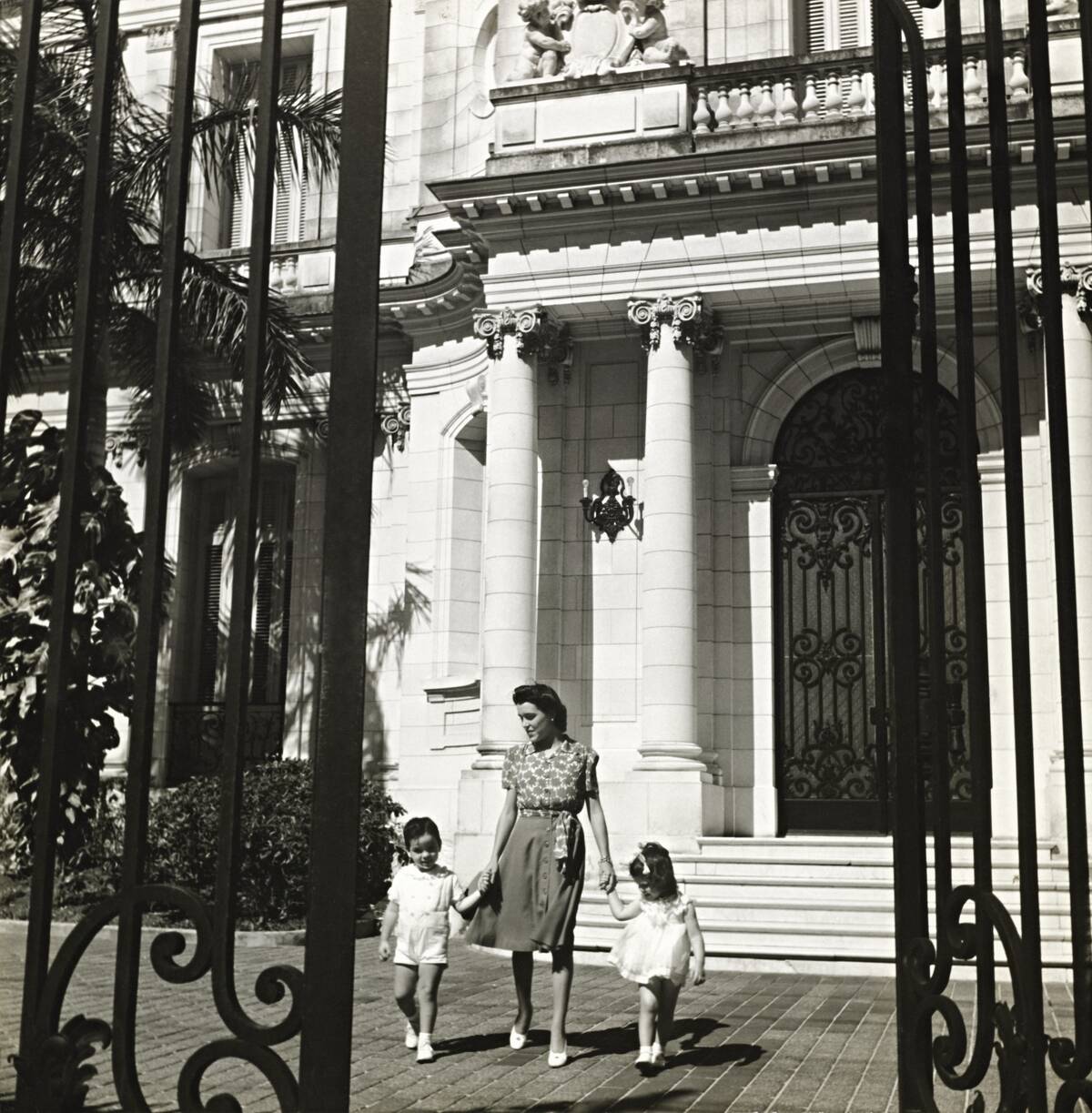
A sizeable subset of Cuba’s population has always dealt with poverty, which serves as a stark contrast to the more well-heeled families on the island.
This image of a wealthy family in front of their estate in Vedado, Havana, shows the degree of affluence that some Cubans enjoyed.
Castro was well-known even before the revolution.
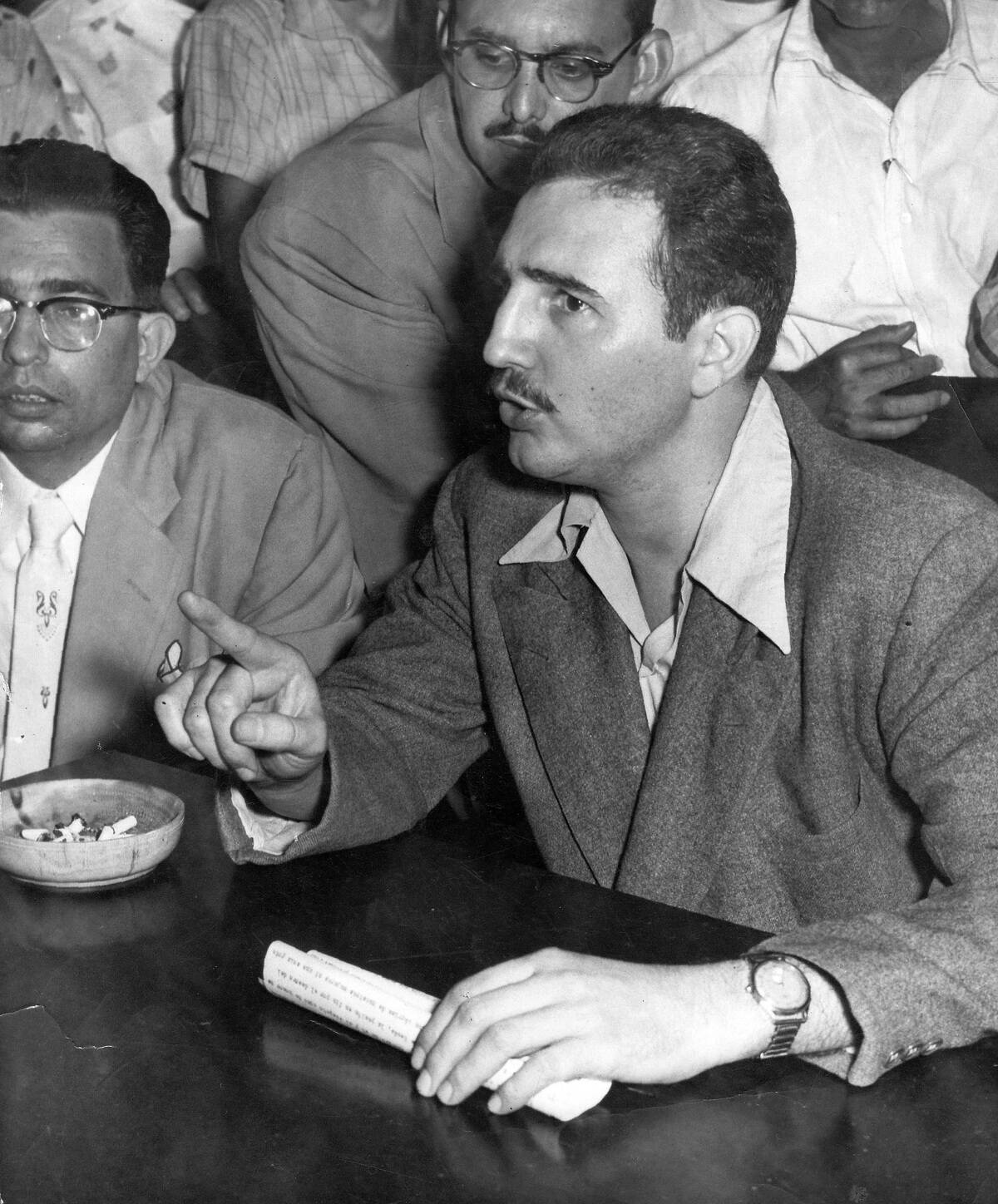
This 1955 photo shows Fidel Castro in his pre-revolutionary days. At the time, the young Castro was a lawyer and political activist who was never shy about voicing his opposition to the corrupt government of Fulgencio Batista.
After years of guerilla warfare in Cuba’s Sierra Maestra mountains, Castro was able to overthrow Batista’s regime in January of 1959.
In 1959, Castro overthrew dictator Fulgencio Batista.
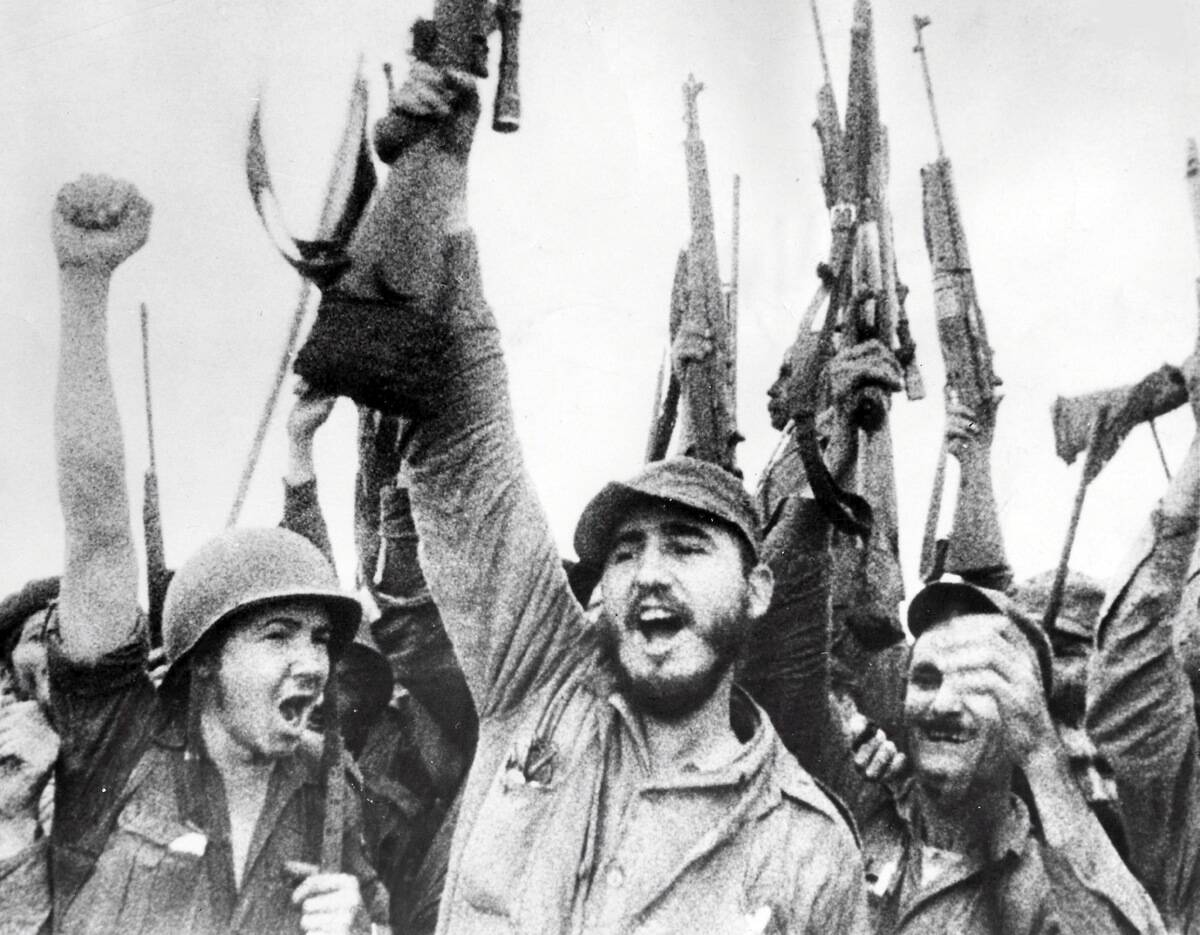
In what’s likely the most pivotal moment in Cuban history, the revolution led by Fidel Castro was successful in overthrowing Batista, ushering in the era of Cuba as a one-party socialist state.
The revolution was the culmination of decades of discontent with Batista’s corrupt and authoritarian regime, which was propped up by U.S. support and foreign interests.
